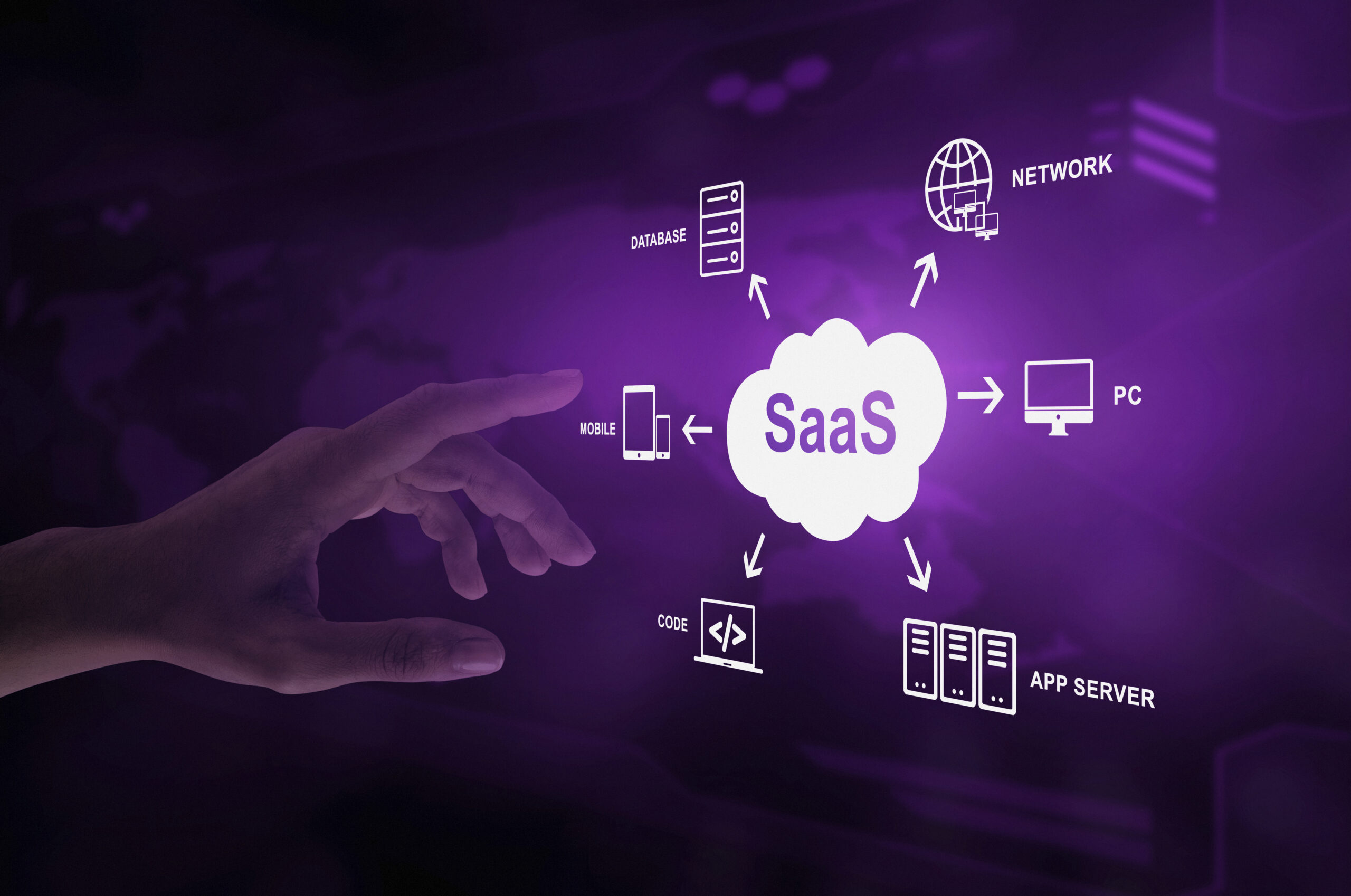Understanding Software as a Service (SaaS)
Software as a Service (SaaS) has reshaped the way organizations access, deploy, and manage software applications. At its core, SaaS is a delivery model in which software is hosted remotely—typically in the cloud—and accessed via the internet, rather than installed and maintained on local servers or individual devices. This model provides an array of advantages in flexibility, cost-efficiency, scalability, and security, making it an increasingly popular choice across industries.
In the realm of maintenance management, Azzier CMMS (Computerized Maintenance Management System) stands as a practical example of SaaS in action. Developed to streamline asset management, work order tracking, preventative maintenance scheduling, and more, Azzier exemplifies how cloud-based platforms can enhance operational efficiency in both public and private sector organizations.
Azzier CMMS is entirely web-based, which means it is accessible from virtually any location with an internet connection. This is particularly valuable for organizations with distributed teams, mobile technicians, or multiple facilities. Unlike traditional CMMS platforms that require local installation and ongoing manual updates, Azzier is maintained centrally. Users always have access to the most current version of the software, with updates, patches, and enhancements rolled out automatically without downtime or intervention.
One of the most significant benefits of Azzier’s SaaS model is its reduced IT overhead. Organizations are relieved from the burden of purchasing, installing, and maintaining servers or managing complex software dependencies. The need for internal technical support to troubleshoot software issues is greatly diminished, as the vendor provides centralized maintenance and customer support. This not only reduces operational costs but also allows IT departments to focus on more strategic initiatives.
Scalability is another hallmark of SaaS platforms like Azzier. As an organization grows, the software can be scaled up to accommodate more users, facilities, or data without a major infrastructure overhaul. This ensures the CMMS remains aligned with business needs over time. Furthermore, licensing models are typically subscription-based, allowing businesses to adjust their usage and investment based on actual demand.
Data security and disaster recovery are also key considerations that favor SaaS. Azzier CMMS is hosted in secure, professionally managed data centers with built-in redundancy, data encryption, and robust backup protocols. In an era where cyber threats are an ever-present concern, relying on a cloud provider with dedicated security expertise can provide greater assurance than maintaining on-premises servers with limited oversight.
Cloud-hosted maintenance software also supports real-time data visibility and collaboration. Technicians can receive and update work orders in the field, managers can monitor performance metrics on demand, and executives can access dashboards that reflect the latest maintenance KPIs. This level of connectivity empowers organizations to make timely, data-driven decisions and to respond more effectively to emerging issues.
Advantages of using Software as a Service Model for your Organization
Cloud Access
With SaaS solutions, you can access your tools and data from any device connected to the internet. This flexibility allows teams to work from anywhere, making it ideal for hybrid and remote work environments.
Quick Setup
SaaS eliminates the time-consuming installation and configuration of traditional software. Once you subscribe, the platform is ready to use, enabling a faster rollout across your business.
Reduced Maintenance Costs
Maintenance, updates, and troubleshooting are all handled by the SaaS provider, saving you time and money. This allows your team to focus on core operations instead of managing IT infrastructure.
Flexible Scalability
As your business grows, SaaS solutions make it easy to add more users, features, or storage without significant costs. This scalability ensures your software can evolve alongside your needs.
Data Security & Protection
SaaS providers invest heavily in advanced security measures, such as encryption and disaster recovery protocols. Your data remains protected while the provider manages threats and compliance requirements.
Live Data Analytics
Many SaaS tools offer real-time insights into performance and usage metrics. This helps businesses make informed decisions based on up-to-date, actionable data.
System Integration
SaaS platforms often integrate seamlessly with other tools and software via APIs. This compatibility ensures smoother workflows and better efficiency across your organization.
Dependable Performance
With uptime guarantees often exceeding 99%, SaaS solutions ensure reliable access to your tools and data. You can count on consistent performance without disruptions.
Automatic Updates
Software updates and security patches happen automatically, keeping your tools current without interrupting your workflow. You’ll always have access to the latest features and improvements.
For organizations navigating the challenges of maintaining critical assets, the advantages of a SaaS-based CMMS like Azzier extend well beyond technical convenience. It represents a strategic shift toward agility, cost control, and continuous improvement in maintenance operations. By leveraging cloud technology, companies are better equipped to ensure asset reliability, regulatory compliance, and operational continuity in an increasingly dynamic business environment.























































